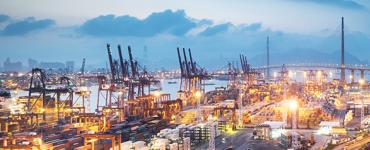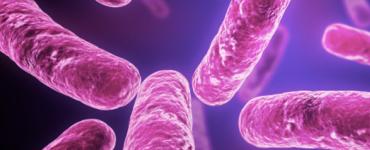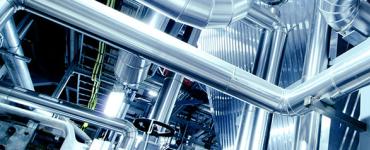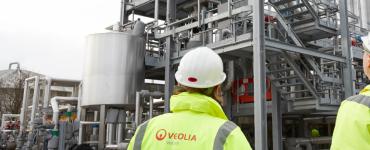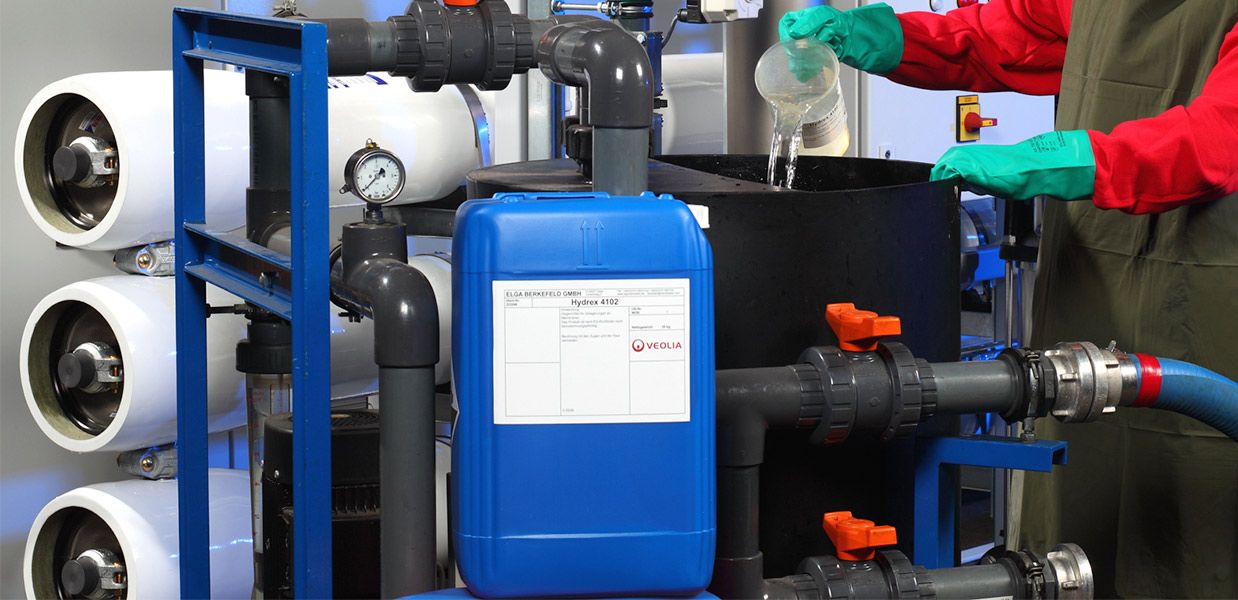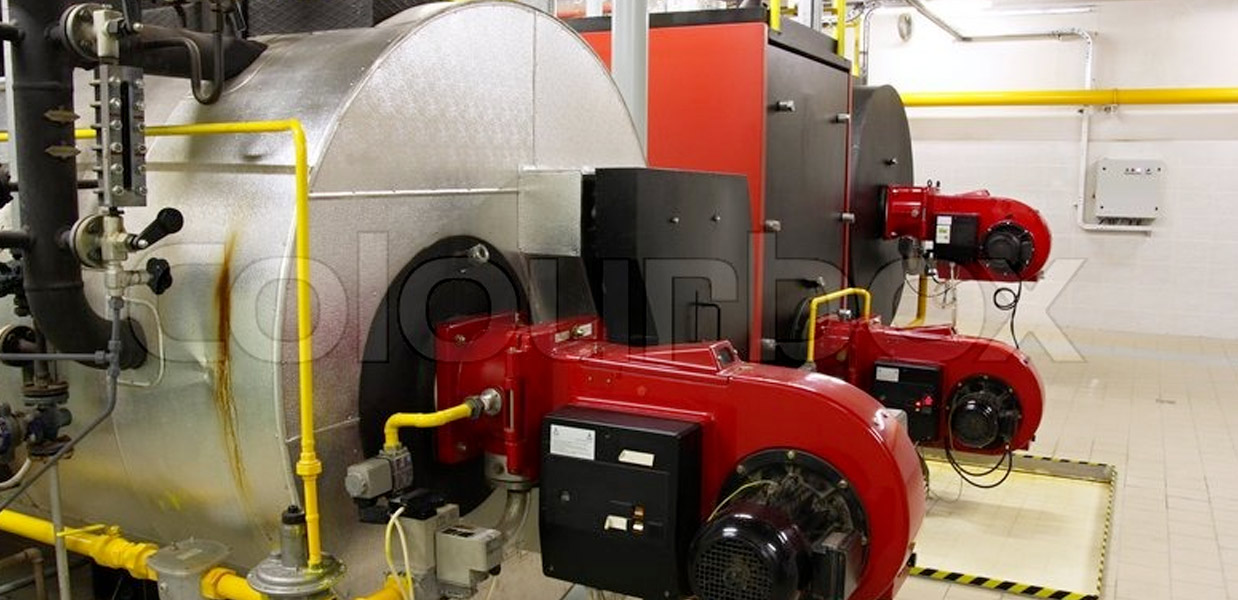- Home
- Latest News
- Wastewater treatment chemicals – what, why and when?

Wastewater treatment chemicals – what, why and when?
All industries have a responsibility to ensure that their trade effluent meets local, regional and national regulatory requirements. In most countries, a company’s trade effluent consent (their licence to put wastewater into a sewer, lake, river or other outsource) will be dependent on the composition of the wastewater adhering to specific criteria.
These conditions will vary greatly between countries and industries, but generally cover the temperature, pH, FOG (fat, oil and grease) content, COD (chemical oxygen demand), proportion of suspended solids and the levels of sulphates, heavy metals and other industry-specific chemicals in the effluent.
Many regulatory authorities also specify how often wastewater must be tested, as well as the methods used, performing regular audits and spot checks to ensure compliance. Failure to comply with the terms of a licence could result in it being revoked, completely preventing the business from operating but, more commonly, will result in financial penalties.
Though obviously less detrimental to a business that a complete shutdown, these fines can have a significant impact on the company's bottom line. Careful management of wastewater treatment is therefore essential to keep costs and fines to a minimum.

Wastewater treatment chemicals – the basics
The four main types of chemicals used in wastewater treatment are pH neutralisers, anti-foaming agents, coagulants and flocculants.
The most straightforward class of chemicals is pH neutralisers, although why and how they are used varies depending on the process producing the wastewater. Essentially, wastewater effluent flowing into the sewer system should be neither too acidic nor too basic (ideally completely neutral at pH 7), as this will help to prevent undesirable chemical reactions when the wastewater mixes with other effluent. pH neutralisation is even more important if the wastewater outlets directly into a lake or river, as changing the localised pH can harm wildlife and cause knock-on issues for the local ecosystem. Unfortunately, many industrial and manufacturing processes rely on acidic or basic chemicals – from acid etching of metal parts to the use of bleach to wash down food production facilities – which are then flushed to the drain. In addition, pH adjustment (usually from acidic to basic) can be used in post-process water treatment as a way of precipitating out dissolved contaminants, such as heavy metals and toxic metals, which then need to be neutralised before outflow. Addition of small, carefully controlled doses of a strongly acidic or, more commonly, basic compounds (such as sodium hydroxide (NaOH)) during wastewater processing is a simple way of ensuring that the pH of the effluent outflow to the sewer is within the stated guidelines.
The next category of wastewater treatment chemicals is anti-foaming agents. Foam is caused by the formation of air bubbles within the wastewater, and can be highly problematic for a wide range of industrial processes. By changing the physical properties of the fluid, foams can increase mechanical wear on pumping systems and cause drainage problems by blocking sieves and filters, reducing water processing efficiency. Foams can also cause deposits to form in storage tanks and processing vessels – increasing cleaning requirements – and lead to health risks through the promotion of bacterial growth. In addition, foams can be unsightly and cause public image issues for a business locally. There are a wide range of anti-foaming agents available – including insoluble oils, silicones, alcohols, stearates and glycols – but they are all essentially low viscosity chemicals that cause the air bubbles to rupture and the breakdown of surface foam. Many water treatment chemical suppliers consider anti-foaming agents to be a straightforward class of chemical, but selecting the correct agent and dosing regime can have a significant impact on the efficiency of water treatment plants and ongoing operational expenses, in terms of both chemical consumption and higher maintenance costs.
The last two major categories of water treatment chemicals are coagulants and flocculants, which work in combination to remove suspended solids and clarify wastewater. Coagulants are ionically charged (usually positively charged), low molecular weight compounds that are designed to neutralise the charge of suspended particles. They can be inorganic – such as aluminium- or iron-based compounds – or organic polymers, and counteract the 'repulsive' effect that stops the negatively particles from aggregating. High molecular weight flocculants are then used to bind together these charge-neutralised particles into larger aggregations – known as flocs – to speed up the water clarification. There are a huge number of coagulants and flocculants available, and the optimal combination will be highly dependent on the composition of the effluent flow and the design of the water treatment plant. Most wastewater treatment facilities that use chemical treatment strategies to remove suspended solids rely on either settlement or floatation. The exact design of the plant should be carefully matched to the nature of the effluent but, in general terms, settlement strategies are used for the removal of heavy solids – common in manufacturing industries – whereas floatation is better suited to the removal of fats and oils, for example in food processing applications. The choice of coagulant and flocculant should be guided by both the way the plant operates and the type of suspended solid that requires removal, and making the right choices can have a significant impact on both profitability and regulatory compliance.
An additional consideration when selecting the most appropriate coagulants and flocculants for your business is the environmental impact of chemical use, with a number of sustainably biosourced coagulants and flocculants now entering the market. Already in use for municipal water treatment –where the regulations regarding potable water treatment limit chemical use, particularly in Europe – there are signs that industry may be looking to these naturally sourced materials as a way of reducing carbon footprints and the environmental impact of their businesses, boosting their green credentials.
Putting the pieces together
Although crucial to the efficient operation of water treatment facilities, the choice of water treatment chemicals is only one piece of the puzzle. The next step is to ensure that each of these chemicals is used in the correct amounts, at the correct times, and introduced into the wastewater flow in the most effective way. Like the choice of chemicals, dosing regimes are highly dependent on the design of the plant and composition of the effluent. It is important that enough of each chemical is added to the flow to produce the required effect, but excessive dosing can lead to unnecessarily high ongoing materials costs and cause high levels of the treatment chemical to be present in the outflow to the sewer, potentially exceeding regulatory limits. Similarly, under-dosing can reduce the efficiency of the treatment process, leading to repeated breaches of licensing conditions. This issue is further complicated by the type of dosing system in use, as this can have a significant impact on the effectiveness of the chemicals in your water treatment process. While most water treatment facilities will already have dosing systems in place as part of the original plant design, companies that have very high chemical costs should look at how the latest technological innovations – such as the HydraPol™ Activ emulsion polymer activation system (Veolia) – can be used to reduce chemical use and provide ongoing cost savings without compromising efficiency. Whether based on the use of existing dosing systems or the introduction of new technologies, experienced water treatment chemical suppliers can work with you to establish the most appropriate and cost-effective dosing strategy for your plant, as well as providing specific measures to cover any likely day-to-day variations in the composition of your process wastewater. Together with ongoing technical support and troubleshooting, this will help to ensure ongoing compliance with regulatory requirements and avoid financial penalties.
Taking a wider view
The supply and application of chemicals to ensure wastewater effluent composition is compliant with regulatory guidelines is a significant ongoing cost for many businesses, in terms of both materials and manpower. At the other end of the wastewater treatment process, sludge removal and disposal is also a major expense. The more suspended solids, fats, oils, greases and contaminants in the process wastewater, the greater the sludge disposal costs. Both the chemical and mechanical water treatment processes should aim to maximise water recovery and ensure that the resulting sludge is as dry as cost-effectively possible to reduce disposal costs. By taking a more holistic view, investment in more effective treatment chemicals and dosing hardware could potentially lead to significant cost savings on the disposal side, offsetting the capital costs. Working in partnership with a knowledgeable water treatment chemical supplier can help to identify these opportunities – as well as other changes that can lead to improvements in the mechanical, operational and chemical performance of your water treatment plant – leading to a rapid return on investment. With wastewater and sludge disposal costs only likely to increase, is it time to rethink your water treatment strategy?
>> More on Water Treatment Chemicals
>> Register for a FREE site assessment
Sustainable Organic Coagulant
The easy, green and cost-saving choice for oily effluent treatment
